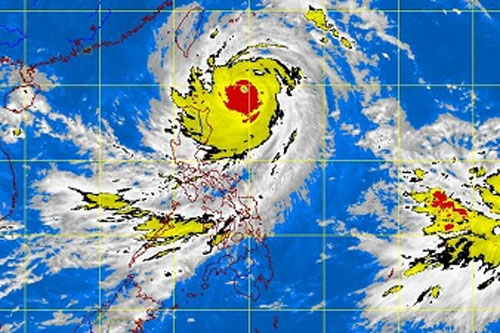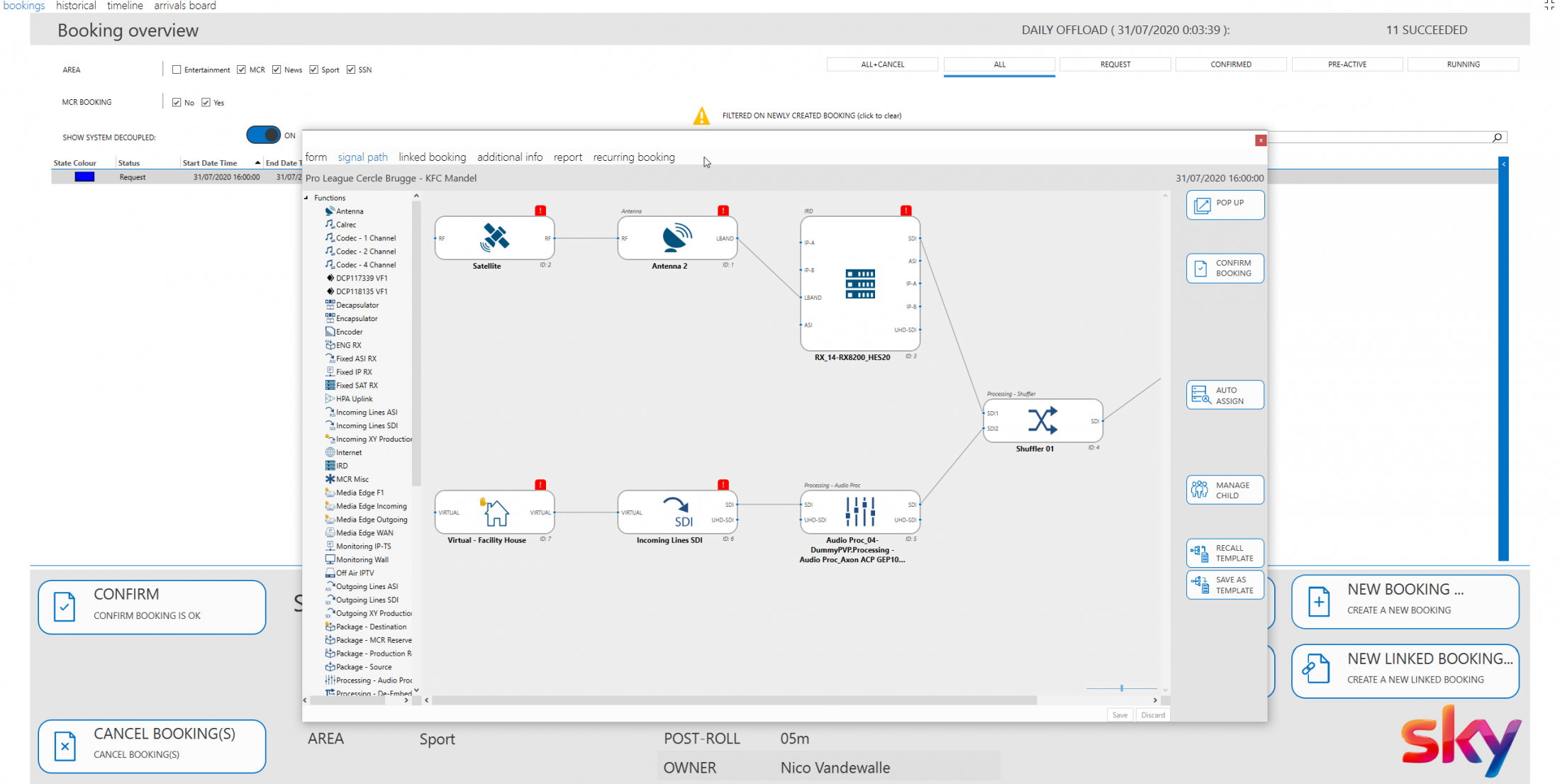

#Signal path skin#
Jan, A recurrence network approach for the analysis of skin blood flow dynamics in response to loading pressure. Govind, Epoch estimation from emotional speech signals using variational mode decomposition. Govind, Accurate estimation of glottal closure instants and glottal opening instants from electroglottographic signal using variational mode decomposition.
#Signal path series#
Nuno, From time series to complex networks: the visibility graph. Mullick, Nonlinear dynamical analysis of speech. Heusdens, A fast method for high-resolution voiced/unvoiced detection and glottal closure/opening instant estimation of speech. Black, CMU-arctic speech databases, in Proceedings of ISCA Speech Synthesis Workshop (2004), pp.

Maragos, Nonlinear speech analysis using models for chaotic systems. Govind, Glottal activity detection from the speech signal using multifractal analysis. Deshpande, Nonlinearity Framework in Speech Processing (Springer, Boston, MA, 2012) Yegnanarayana, Significance of glottal activity detection for duration modification, in Proceedings of Speech Prosody (2012), pp.

Joy, Improving the flexibility of dynamic prosody modification using instants of significant excitation. Sujith, Recurrence networks to study dynamical transitions in a turbulent combustor. Swinney, Independent coordinates for strange attractors from mutual information. Fant, The source filter concept in voice production. Kurths, Finding recurrence networks threshold adaptively for a specific time series. Xiaodi, Applying support vector machines to voice activity detection, in Proceedings of the International Conference on Signal Processing (2002), pp. Ruelle, Recurrence plots of dynamical systems. Alwan, Joint robust voicing detection and pitch estimation based on residual harmonics, in Proceedings of Interspeech (2011), pp. Kurths, Recurrence networks: a novel paradigm for nonlinear time series analysis. Yegnanarayana, Voiced/nonvoiced detection based on robust-ness of voiced epochs. Ghosh, Speech emotion quantification with chaos-based modified visibility graph-possible precursor of suicidal tendency. GRETSI, Groupe d’Etudes du Traitement du Signal et des Images (1991b) Kubin, Detection of chaotic behaviour in speech signals using fraser’s mutual information algorithm, in 13 \(^\circ \) Colloque sur le traitement du signal et des images, FRA, 1991. Kubin, Speech production and chaos, in International Congress on Phonetic Sciences (1991a) Albert, Emergence of scaling in random networks. Rabiner, A pattern recognition approach to voiced–unvoiced–silence classification with applications to speech recognition. Prasanna, Improved voicing decision using glottal activity features for statistical parametric speech synthesis. The performance comparison results show that the complex network measures estimated from recurrence networks provide comparable accuracy in detecting voiced/unvoiced speech with that of the state-of-the-art methods. The transitions from unvoiced to voiced speech are then captured as variations of the network measures such as average clustering coefficient and characteristic path length. Further, we show the absence of scale-free nature in the recurrence network corresponding to voiced speech. We demonstrate the presence of either scale-free or random nature of the fluctuations from the recurrence network corresponding to unvoiced speech. We find that the resultant network topology resembles the structure of the attractor representing the dynamics of the speech production system. The time-series corresponding to speech utterance is converted into complex network or graph using recurrence network approach to study the dynamical transitions. In the present work, we study the complex behavior in the dynamics of voiced and unvoiced speech production using the framework of complex networks for the first time. The characterization or detection of the dynamic variation underlying the production of voiced and unvoiced speech is a fundamental step to many speech technology applications. The nonlinear interaction of the subsystems of speech production system brings in dynamical transitions from unvoiced to voiced speech and vice versa during continuous speech production.


 0 kommentar(er)
0 kommentar(er)
